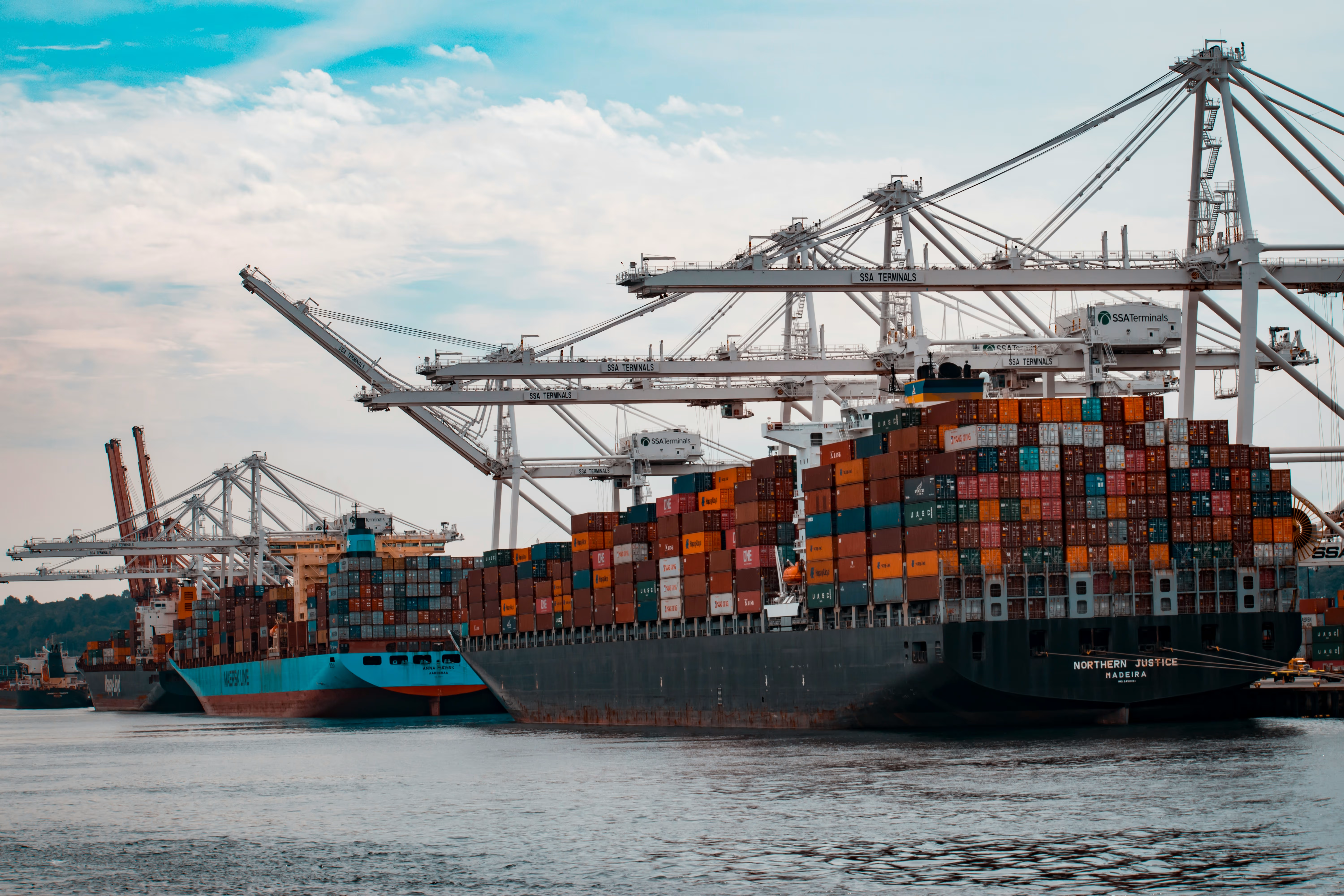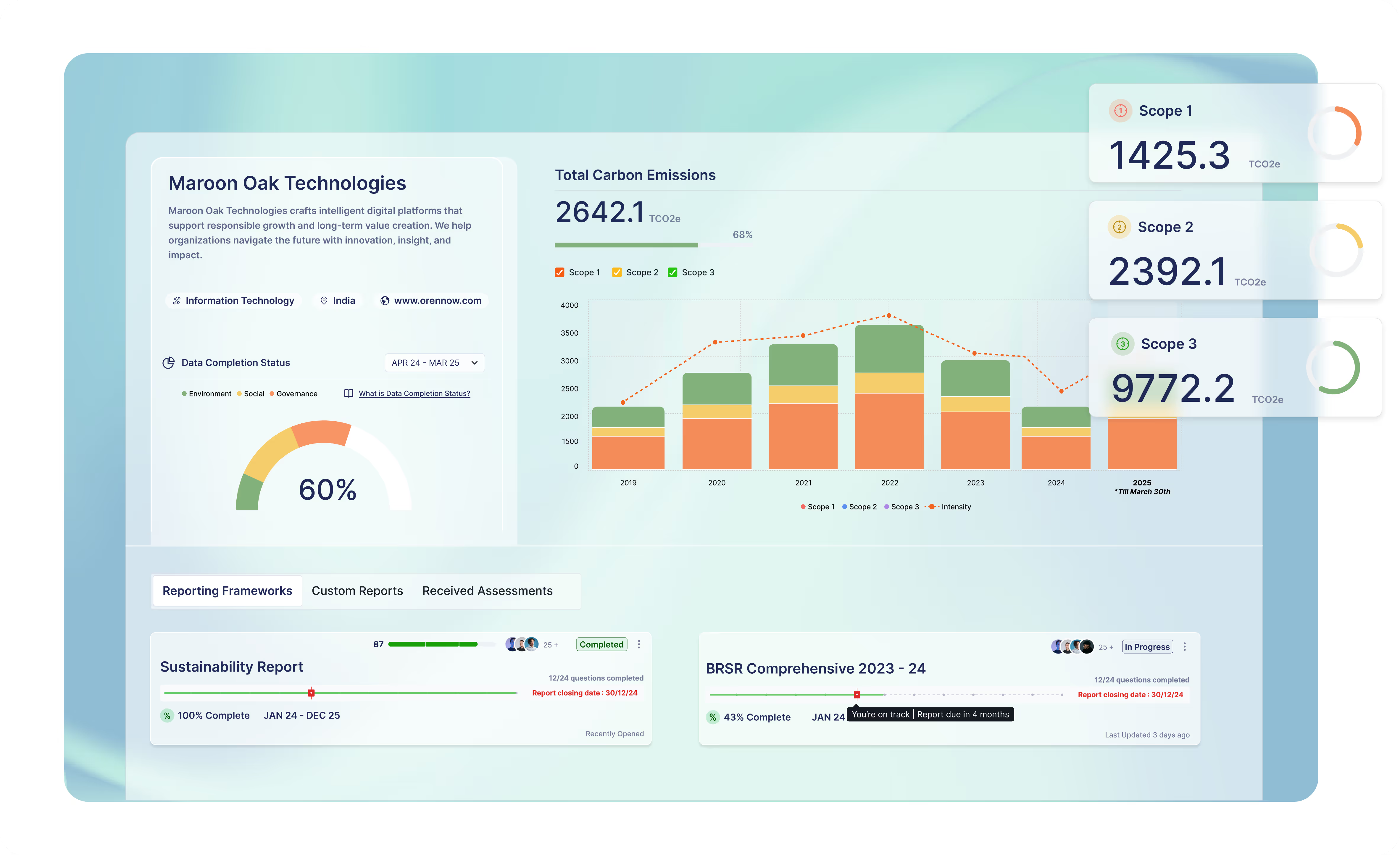Decarbonisation in Shipping: Inside the IMO Net Zero Framework

What’s Next for Decarbonisation in Shipping?
On October 17th, 2025, the members of the IMO (International Maritime Organisation) delayed the adoption of the Net Zero Framework (NZF) by one year. This was due to strong opposition from member states like the USA, Saudi Arabia and Russia. In this blog, we unpack what this Net Zero Framework is and what it means for the shipping industry.
The agenda for this session was the adoption of the NZF, but that has now been delayed to October 2026. This also means that the NZF will likely come into force in late 2027 or early 2028 because the IMO has a 16-month period required for implementation.
Amongst all the states that participated to vote during the recent Maritime Environment Protection Committee (MEPC) negotiations:
- 75 of them voted in favor of a delay
- 79 voted against a delay
- 21 members abstained from voting
The most important takeaway for shipowners and the maritime industry is delay and uncertainty. The timeline for mandatory carbon pricing and fuel standards is now uncertain, making long-term investment decisions (e.g., ordering new vessels, committing to high-cost green fuels) more risky.
What is the IMO’s Net Zero Framework
The IMO Net-Zero Framework (NZF) is the regulatory "operating system" designed to achieve the 2023 IMO Strategy goal of net-zero emissions from international shipping by or around 2050.
It is unique because it is the world's first mandatory climate mechanism for an entire global industrial sector.
The NZF’s Two Pillars
The Framework is built on two legally binding, interconnected measures targeting ships over 5,000 gross tonnage (GT):
Pillar 1: Global Fuel Standard (Mandatory Emission Reduction)
The Global Fuel Standard is a regulation that mandates the gradual reduction of the greenhouse gas (GHG) intensity of the fuels ships use. Compliance to this regulation is measured using GHG Fuel Intensity (GFI).
GFI calculates the total GHG emissions associated with a unit of energy, expressed in grams of CO₂ equivalent per megajoule (gCO₂eq/MJ). This uses a "Well-to-Wake" approach, meaning emissions are counted from fuel extraction/production (Well) all the way through combustion on the ship (Wake). This is vital because fuels like LNG, methanol, and ammonia have different production pathways that result in varying overall emissions.
The IMO sets increasingly strict annual GFI limits. Ships must ensure their average GFI is below the set threshold. This forces the entire global fleet to adopt a growing share of zero- or near-zero emission (ZNZ) fuels over time.
Pillar 2: Global Economic Measure (Carbon Pricing and Incentives)
The Global Economic Measure is a market-based mechanism (a GHG emissions pricing system) designed to close the cost gap between cheap fossil fuels and expensive ZNZ fuels.
It works by determining if a ship is in deficit or surplus of the set targets:
- Ships with a Deficit (Over-Emitters): If a ship’s GFI exceeds the annual target, it has an emissions "deficit" and must pay a fee corresponding to the excess emissions. These fees are contributions to the IMO Net-Zero Fund.
- Ships with a Surplus (Under-Emitters): Ships that are highly efficient or use ZNZ fuels and fall below the target can generate a "surplus". These surplus units can be banked or traded/transferred to ships with a deficit, creating a market and rewarding early adopters.
The revenues collected from the emission fees (Remedial Units) are transferred into the IMO Net-Zero Fund. This fund will be used to:
- Provide financial rewards for the uptake of ZNZ fuels and technologies.
- Support research, development, and infrastructure for green fuels.
- Ensure a "just and equitable transition", primarily by mitigating the economic impact on developing and island nations.
The Net Zero Framework was created by the Marine Environment Protection Committee (MEPC), which is IMO’s main technical body for environmental issues.
What is the Marine Environment Protection Committee (MEPC)?
One can think of the MEPC as the maritime industry’s global environmental regulator.
What is the MEPC?
The MEPC is one of the main committees of the IMO, and its role is to discuss, negotiate, and formally adopt mandatory global regulations concerning the marine environment. While greenhouse gases and decarbonisation are currently the highest-profile topics, the MEPC also manages all other environmental issues, including: Ballast Water Management, Air Pollution (SOx/NOx), Marine Plastic Litter, Anti-Fouling Systems, and Ship Recycling.
When the MEPC adopts an amendment or regulation, it is typically incorporated into the MARPOL Convention and becomes a legally binding global requirement for the shipping industry through a formal acceptance procedure.
Key Takeaways for the Maritime Industry
The delay in adopting the IMO Net-Zero Framework (NZF) is not a cancellation of the decarbonisation agenda; it is a deferral of regulatory certainty. The industry must focus on managing this extended period of uncertainty.
1. Investment Certainty is the Primary Victim
- Long-Term CAPEX: The delay puts the business case for massive green fuel and vessel investments on hold. The global price signal (the carbon tax) intended to bridge the cost gap between fossil and green fuels will not materialise as soon as planned.
- Fuel Producers: Fuel producers (e.g., green methanol, ammonia) lose the regulatory "anchor" they needed to justify spending billions on large-scale production plants.
- Focus on Technical Work: The core regulatory design, which includes the Global Fuel Standard and the pricing mechanism, remains the foundation. Technical guidelines and rules for the NZF are still being developed in IMO working groups.
2. Fragmentation and the Rise of Regional Rules
- EU's Dominance: The delay strengthens the position of regional regulations, particularly the EU Emissions Trading System (EU ETS) and FuelEU Maritime. The global playing field is now increasingly uneven.
- "Patchwork" Risk: The lack of a unified global standard increases the risk of other nations (e.g., China, the US, or other regional blocs) developing their own national or regional carbon-pricing schemes.
3. Immediate Operational Focus: Efficiency & CII
- Existing Rules: Existing IMO short-term measures, primarily the CII (Carbon Intensity Indicator) and EEXI (Energy Efficiency Existing Ship Index), remain the only mandatory global GHG regulations in force.
- Charterer Demand: The market will not wait. Cargo owners, shippers, and charterers (particularly those with Scope 3 emission targets) are already pushing for cleaner vessels and will continue to favour fleets that can demonstrate low emissions and future-proof designs.
Oren’s Action Plan Summary for Companies
The delay in the IMO's Net-Zero Framework (NZF) is an opportunity for preparation, not permission to pause. The 2050 net-zero goal remains, and companies must act decisively to manage uncertainty and commercial risk.
1. Maintain Strategy and Monitor Technical Guidelines
The core regulatory design is set. Do not stop all preparation.
- Acknowledge Uncertainty: The delay puts the business case for massive green fuel and vessel investments on hold. Use this time to refine strategies.
- Monitor Technical Work: Owners must continue to monitor the technical guidelines (especially the Well-to-Wake methodology and the ZNZ fuel reward system), as the framework's eventual structure is unlikely to change drastically when it is finally adopted.
2. Strategic CAPEX and Future-Proofing
While shipowners are likely to postpone Final Investment Decisions (FID) on new buildings or major retrofits that rely on ZNZ fuels, leading to a slow pace of fleet renewal, future investments must anticipate the eventual NZF adoption.
- Future-Proofing is Key: When ordering new ships, assume the NZF's core components (GFI and Well-to-Wake) will be adopted in 2026.
- Prioritise Dual-Fuel: Invest in dual-fuel vessels that can efficiently handle ZNZ fuels like ammonia or methanol, and avoid deep investments in purely conventional-fuel ships.
3. Focus on Regional and Commercial Compliance
The lack of a unified global standard strengthens regional regulations and increases commercial risk from charterers.
- Prioritise EU Compliance: Dedicate resources to full compliance with the EU Emissions Trading System (EU ETS) and FuelEU Maritime. Ensure robust MRV (Monitoring, Reporting, and Verification) and compliance strategies for these European rules.
- Manage Commercial Risk: Understand that commercial risk is greater than regulatory risk. Charterers may introduce their own "green clauses" or use CII and EEXI as a commercial filter, potentially leading to lower charter rates or less market access for poor-performing vessels.
4. Maximize Immediate Operational Efficiency
Existing IMO short-term measures (CII and EEXI) remain the only mandatory global GHG regulations in force.
- Embrace Efficiency: Double-down on operational and technical efficiency. Shipowners must continue to prioritise measures like slow steaming, weather routing, hull coatings, and energy-saving devices to maintain good CII ratings, as this is the current, measurable indicator of "green" performance.
Latest Blog Posts
Dive into our blog for insights on making your organization more sustainable.
Sustainability Simplified
Wherever you are in your sustainability journey, we help you advance with confidence.
Schedule a Call



.avif)

